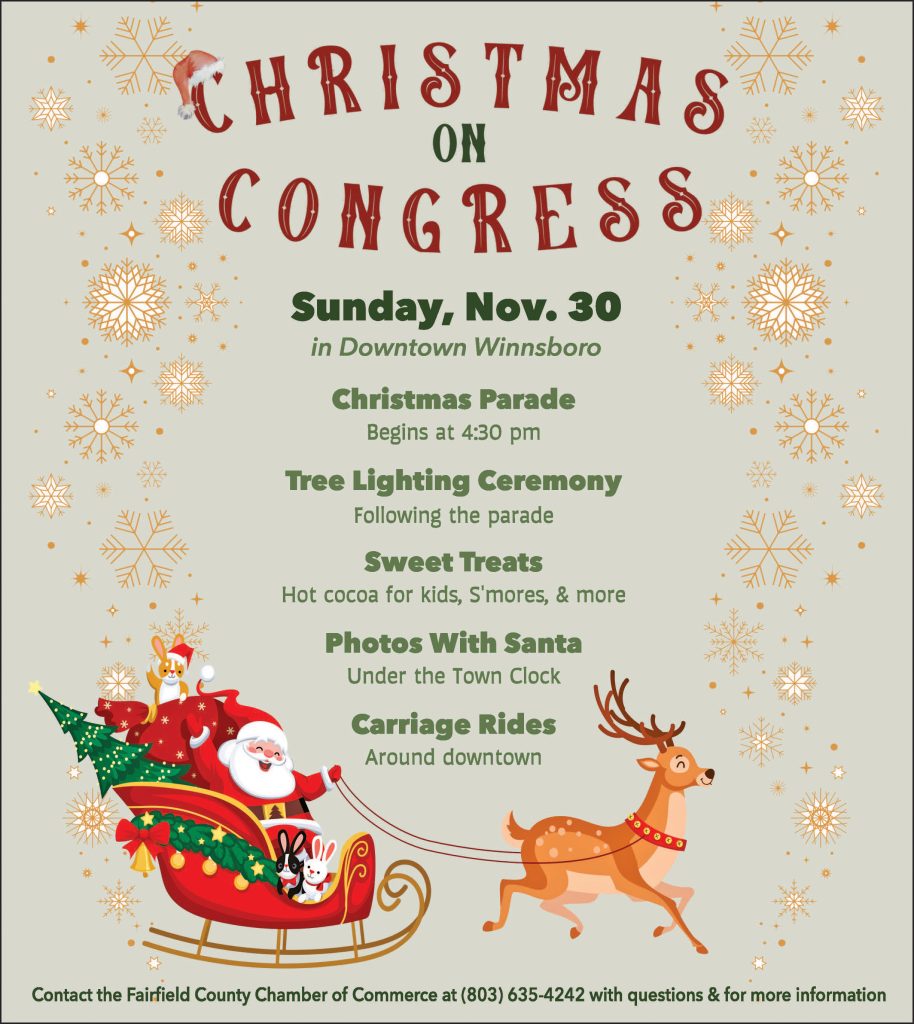I feel that last week’s editorial written by Mr. Bob Harkins requires a response.
First let’s talk about euthanasia and present the facts. It does not prevent the unwanted litters of backyard breeders flooding our shelters, it merely disposes of animals after they arrive. The breeding continues and the revolving door of intakes increases.
Twenty years ago, shelters across South Carolina euthanized at staggering rates yet intake numbers were not affected. It wasn’t until some communities invested in widespread spay/neuter programs, microchipping, and responsible ownership laws that intake numbers began to decline. (ASPCA, 2023)
It is important to remember what euthanasia meant twenty years ago. While sodium pentobarbital injection was the standard humane method, many rural South Carolina shelters still used carbon monoxide gas chambers for population control. Gas chambers caused prolonged suffering, were dangerous for staff, and lacked the ability to monitor each animal’s consciousness. Public and professional outcry led to a county-by-county phase-out, with Greenville County decommissioning its chamber in 2016 (Greenville News, 2016). By 2019, South Carolina had effectively ended gas chamber use in shelters (Best Friends Animal Society, 2019). Returning to mass euthanasia – regardless of method – would be a step backward for animal welfare, staff well-being, and public trust.
In 2019 the Fairfield County Animal Shelter and Adoption Center achieved a “No Kill” classification. This was an achievement that the community was very proud of and rightfully so. Today we struggle to maintain that status. In 2023, we lost the no kill classification in Fairfield County while South Carolina as a whole, maintains the “No Kill” classification. Here are some facts(as published by Best Friends Animal Society) for your review.
Data shows a significant increase in the number of intakes from 2016 (when only 526 animals entered the shelter) as opposed to 2017 when the number of intakes jumped to 1,573 and has remained well over 1000 annually since then, for a total of 12,641 animals to date. From 2019 to 2025, 3,640 animals were transported to rescue. There were only 637 owner reclaims from 2016 to 2025.
The total number euthanized during this time is 1,261.
So, it is very important to understand exactly what is being recommended. If euthanasia is the method being used to “manage” the numbers coming into our shelter, intakes will remain very high and possibly even increase. The number of animals that would face euthanasia is staggering. From 2016 to 2025 that number might be well over 5000 euthanized as opposed to the reported 1,261.
I want to ask the community a question: Which number can you live with?
By using other methods such as registration, microchipping and licensing of breeders, we can begin to decrease our intake numbers while also decreasing the taxpayer dollars spent. Euthanasia will always be necessary for the severely injured, gravely ill or unadoptable but should not be the means in which our county controls the numbers in its facility.
Microchipping and Registration
Let’s be proactive, not reactive.
Microchipping and registration are the most effective tools to reunite lost pets with their owners, reduce shelter intake, and minimize taxpayer burden. These basic accountability measures are already used across South Carolina and the nation to ensure rabies compliance, owner responsibility, and public safety. I personally would like to see required permits for all breeders in the future. Breeder permitting is widely implemented both throughout South Carolina and across the country as communities work to address overpopulation at its source. While it will take time to see the full benefits of these requirements, implementing them now is an essential step toward long-term prevention.
When considering Trap-Neuter-Return (TNR) programs for community cats, it is true that studies such as Loss et al. (2013) estimate cats kill 1.3–4 billion birds annually (doi:10.1038/ncomms2380). However, the leading causes of songbird declines are habitat loss, pesticide use, climate change, and urban development, as confirmed by the National Audubon Society and the 2019 Rosenberg et al. study showing North America has lost 3 billion birds since 1970, driven primarily by these factors (Science, 2019). TNR does not increase cat populations; when implemented effectively with high sterilization rates, it stabilizes and gradually reduces community cat numbers, ultimately reducing predation impact over time. Simply removing cats creates a vacuum effect, with new cats moving in. Proper TNR, combined with targeted removal of adoptable kittens and social adults, remains the most humane and practical strategy supported by national veterinary and animal welfare organizations.
Aligning Fairfield County’s ordinance with neighboring counties improves enforcement consistency, public understanding, and regional collaboration on public health, rabies control, and animal welfare programs. It avoids duplicative legal drafting costs and ensures Fairfield is not isolated with outdated standards.
There are many shelters nationwide that experience capacity crises driven by economic strain, rising intake, veterinary shortages, and housing instability (Shelter Animals Count, 2023). We are fortunate in Fairfield County to work with rescue partners that are not located in these areas.
Laws alone do not solve these challenges – but without them, there is no foundation to build the community-based solutions needed to reduce intake and save lives.
Finally, it is vital to understand the mental and emotional toll that routine or mass euthanasia takes. When euthanasia is used as population control rather than an act of mercy for the suffering or dangerous, it causes deep moral injury to those performing it. Staff experience compassion fatigue, guilt, and burnout. Volunteers become disheartened seeing animals they cared for euthanized simply for space. Communities lose trust in their shelter systems, fostering hopelessness instead of support. No one enters animal welfare to end lives due to preventable circumstances.
Animal Welfare Advocates (not activists as stated by Mr. Harkins) are making some very simple recommendations by promoting registration, microchipping, spay-neuter and responsible pet ownership. Until recently, I personally felt we could not ask some of these things of our community because we had no resources. That is no longer the case. Because of organizations like Hoof and Paw, Because of Roscoe, and the Community Partners Veterinarian Clinic in Winnsboro, residents can now enjoy free or low cost spay-neuter surgeries, microchipping and basic vet care.
Euthanasia as population control is an outdated practice that ignores modern public health, community safety, and animal welfare science. Fairfield County deserves ordinances that prioritize prevention over perpetual killing, accountability over blame, and community programs that address root causes. That is the real solution.
Fellow Animal Welfare Advocates we need your voice where it matters! Write a letter to the editor in The Voice, come to the Ad Hoc committee meetings (only a few left) and also the Council Meetings when it is time and email your district representative or County Council.
Kathy Faulk is a resident of Fairfield County and an animal welfare advocate. She serves as president of Hoof & Paw Benevolent Society of South Carolina.










